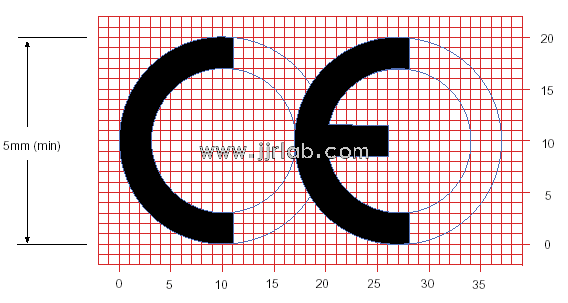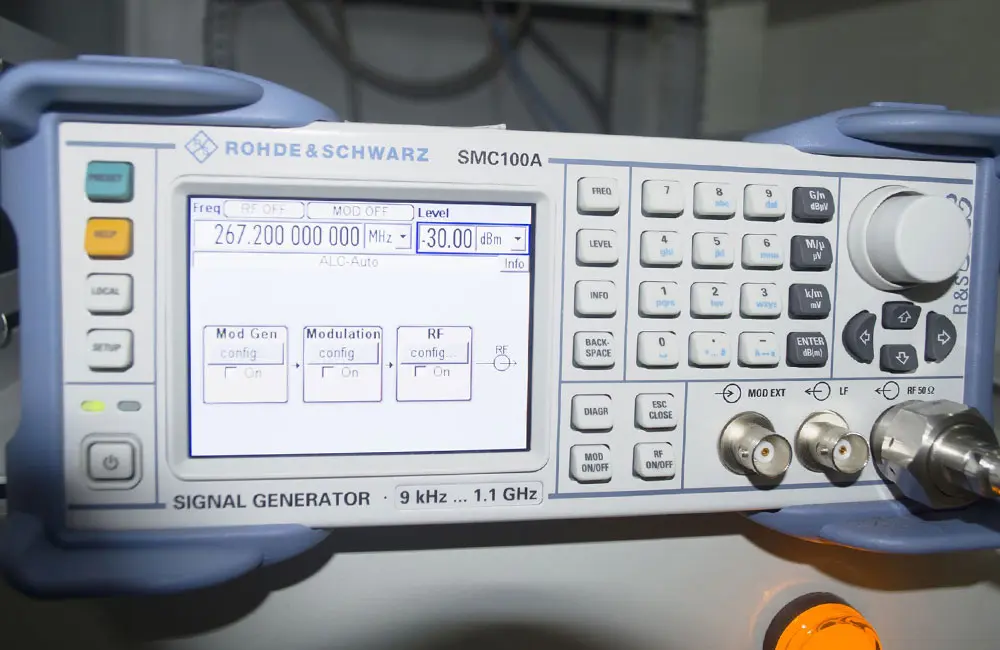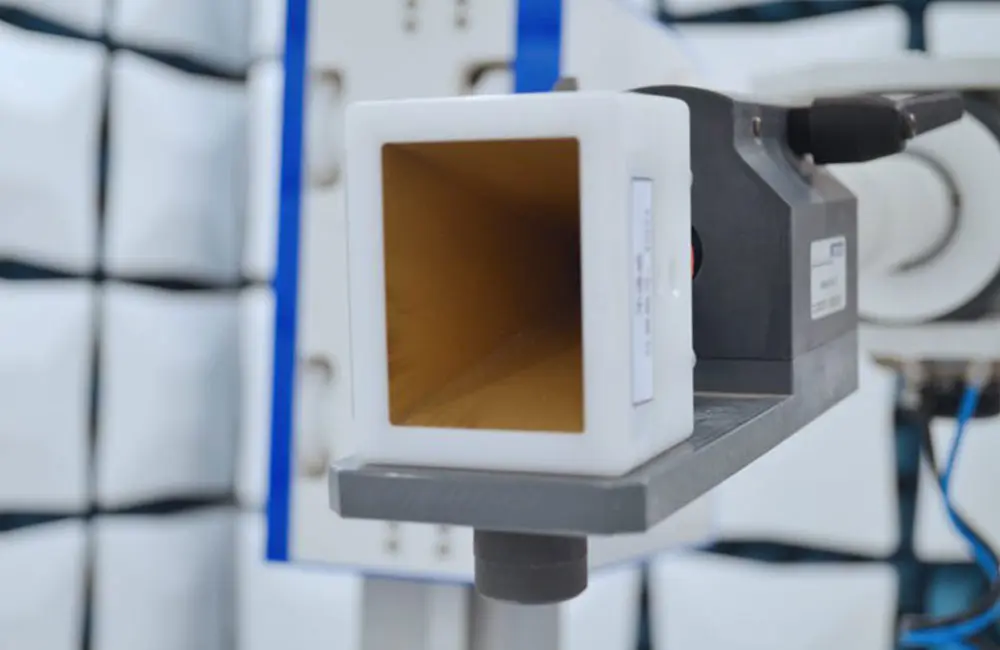
European Union Electronics Regulations
With the increasing volume of trade between China and the EU, product safety issues are also on the rise. According to data published by the EU Safety Gate, Chinese products exported to the EU were notified 1,235 times in 2023, an increase of 16.8% compaRED to the previous year. The most frequently notified products were toys (30.4%) and electrical appliances and equipment (21.1%).
To help exporters avoid product safety issues, we have compiled a list of key EU regULations, directives, and standards relevant to four major product categories: electronic and electrical products, toys, baby and children's products, and personal protective equipment. This is for reference by related enterprises.

Four Major Product Categories – EU Safety Regulations
1. Electronic and Electrical Products
Regulatory Directives
- CE certification includes compliance with five major directives:
- LVD (low voltage directive)
- EMC (Electromagnetic Compatibility Directive)
- ErP (Energy-related Products Directive)
- RoHS (Restriction of Hazardous Substances Directive)
- WEEE (Waste Electrical and Electronic Equipment Directive)
- RED (Radio Equipment Directive)
- REACH (Registration, Evaluation, Authorisation and Restriction of CheMICals)
- POPs (Persistent Organic Pollutants)
- GPSD (General Product Safety Directive)
- New Battery Regulation
Standards
- EN 60335 series – Household appliances
- EN 60598 series – Luminaires
- EN 62368-1 – Audio/video, IT, and communication technology equipment
CE Mark Required: Yes
2. Toy Products
Regulatory Directives
- Toy Safety Directive
- GPSD Directive 2001/95/EC
_Note:_
- As of December 31, 2024, Directive 2001/95/EC will be replaced by EU Regulation 2023/988.
- Electric toys must also comply with electrical directives such as:
- LVD (Directive 2014/35/EU)
- RoHS (Directive 2011/65/EU)
- WEEE (Directive 2012/19/EU)
Standards
- EN 71 – Applicable to all toys
- EN 62115 – Applicable to electric toys
CE Mark Required: Yes
3. Baby and Children's Products
Regulatory Directives
- GPSD Directive 2001/95/EC
_Note:_
- As of December 31, 2024, Directive 2001/95/EC will be replaced by EU Regulation 2023/988.
- If the product contains toy components, it must comply with the Toy Safety Directive (2009/48/EC).
Standards
- EN 1888 – Wheeled child conveyances and strollers
- EN 1273 – Baby walkers
- EN 14988 – High chairs
- EN 716 – Children’s cots
- EN 14306:2003 – Infant rocking cradles
- EN 12227:2010 – Household playpens
- EN 1400:2013 & A2:2018 – Soothers for babies
CE Mark Required: Generally not required, unless the product includes toy components.
4. Personal Protective Equipment (PPE)
Regulatory Directives
- PPE Regulation (EU) 2016/425
_Note:_
- Products with medical functions must also comply with the Medical Device Regulation (EU) 2017/745.
Standards
- EN 149 – Face masks
- EN 1078 – Helmets for cyclists
- EN 12493 – Mountaineering helmets
- EN 420 – General requirements for gloves
- EN 388 – Protective gloves against mechanical risks
- EN 407 – Protective gloves against thermal risks
CE Mark Required: Yes
CE Certification
Attention Exporters! The above four product categories must consider CE certification when exporting to the EU.
The CE mark is a mandatory safety certification for products sold in EU member states. It acts as a passport for manufacturers to access the European market. Products bearing the CE mark are considered to conform with the essential requirements of EU directives under the New Approach to Technical Harmonisation and Standards, and may be sold throughout the EU without additional requirements in individual member countries.
Notes:
- Only products required by EU legislation to bear the CE mark may display it. These include: toys, electrical products, machinery, gas appliances, personal protective equipment, medical devices, and over 20 other categories.
- The CE mark must not be affixed to products not subject to such requirements.
Example: Steps for PPE ce marking
1. Classify the product and determine applicable regulatory requirements.
2. Select the appropriate conformity assessment procedure:
- For Category II (medium risk) and Category III (high risk) PPE, an EU Notified Body must perform a conformity assessment.
3. Prepare the technical documentation to demonstrate compliance and issue a Declaration of Conformity.
Only after meeting the above requirements can the CE mark be affixed to the product.
Email:hello@jjrlab.com
Write your message here and send it to us
 SIRIM and MEPS Certification for Fans in Malaysia
SIRIM and MEPS Certification for Fans in Malaysia
 U.S. CPSC Water Bead Toy Compliance Requirements!
U.S. CPSC Water Bead Toy Compliance Requirements!
 Food Contact Materials (FCM) Regulation
Food Contact Materials (FCM) Regulation
 How to get Certification Compliance for Lithium Ba
How to get Certification Compliance for Lithium Ba
 LED Lighting Safety Testing Service Laboratory
LED Lighting Safety Testing Service Laboratory
 LED Lighting EMC Testing Service
LED Lighting EMC Testing Service
 EU REACH Compliance Testing Services
EU REACH Compliance Testing Services
 Electronic and Electrical Reliability Testing Serv
Electronic and Electrical Reliability Testing Serv
Leave us a message
24-hour online customer service at any time to respond, so that you worry!




